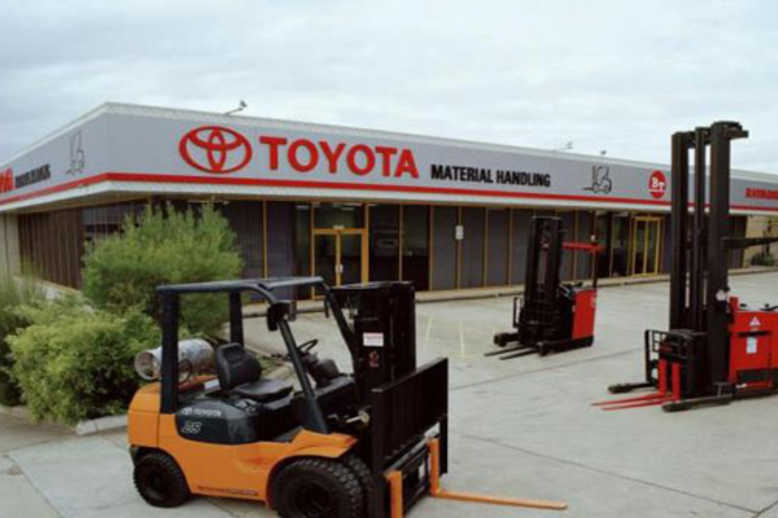With thinking in the case of our last class in logistics, I remembered the idol example in production process that we took in last semester “TOYOTA”.
TOYOTA is one of the largest automotive brands with a global footprint, Known for its innovative methods of production. Toyota has acquired a leadership position in the automotive industry. Every vehicle that it makes require assembling of thousands of parts sourced from suppliers all around the world.
Toyota’s supply chain practices have been lauded widely as the best in the automotive industry. The supply chain which was developed by Toyota was one of the premier in Low Cost supply chains and the situation has grown highly demanding in the 21st century and having a healthy supply chain network is an absolute essential to win against the competition.
“What makes Toyota different from its competitors?”
“Toyota has an earthquake resilient supply chain” -An pioneering initiative feature of Toyota’s supply chain is its resistance to disasters. The brand has collaborated with the suppliers across each country and region for building a disaster resilient supply chain. The long standing relationship of trust that Toyota has built with its suppliers has helped the brand receive and share information from them. for Example April 2016 there was an earthquake “Kumamoto” and following the disaster, Toyota was able to respond fast and make a quick recovery with the help of its database.
-just in time one of the main pillars of TPS (toyota production system). It refers to the manufacturing and conveyance on only “what is needed, when is needed, and in the amount needed in the system”. with the following video you can know why TOYOTA could be the idol in supply chain.
“Centralized and De-centralized logistics in Toyota“
One of the challenges to having such a view of Toyota’s supply chain – let alone controlling it – is the complexity of its management organisation. . The central function has always been to monitor and manage providers and determine packaging requirements, working with Purchasing to procure the services. However, a great deal of logistics power has always sat with the plants, each of which is a separately incorporated entity at Toyota.
Many of the operational logistics functions are split between each plant’s Manufacturing and Production Control departments. The internal conveyance of parts and containers falls under Manufacturing, Parts ordering, production planning and the management of separation centres – which sort inbound material by dock or assembly lines, and subsequently sort empty containers for return legs– are functions of Production Control. This setup reflects TPS (Toyota production system) in its degree of integration between manufacturing and supply at each plant. Until recently, each plant’s Production Control department also managed full truckload and milkrun deliveries, which it outsourced to lead logistics providers. The LLPs determined the routing based on volume and lead times and adjusting frequency to match the plant.
Finally, Toyota redesigned its plants so that it can also export to market that remain strong when the local market weakens and called this strategy “ global complementation”


